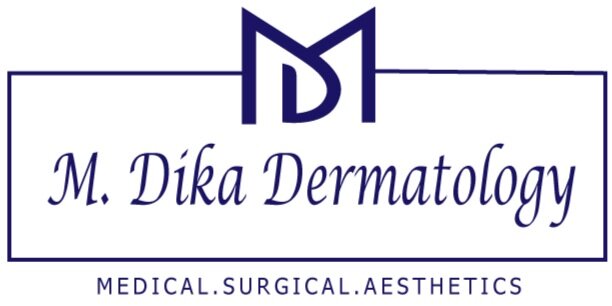Chemical Peeling
Dry and wrinkled skin is hard to deal with and Chemical Peeling is one of the best treatment options to help ensure that you always have great looking skin. Dr. Dika provides expert dermatology services including Chemical Peeling at her practice in USA, Burlington.
chemical peels q&a
What is chemical peeling?
Chemical peeling involves the application of a chemical substance to the skin, designed to improve its appearance. The peel will exfoliate the skin, allowing it to peel off so that smoother, healthier skin can regenerate beneath the peeled area. There are three types of chemical peels: 1) Superficial peels, which use mild acid to exfoliate the outer surface of the skin only; 2) Medium peels, which use a stronger acid to get rid of deeper layers of damaged skin in the treatment of fine lines, wrinkles, discoloration, and age spots; and 3) Deep peels, involving phenol or a stronger acid to dramatically change the appearance of the skin by penetrating the middle skin layer in the treatment of moderate skin lines, shallow scars, and deeper areas of discoloration.
How does chemical peeling work?
Chemical peels are done in just a short while at the doctor’s office or surgery center. The skin is cleansed and one of several different chemical solutions are applied to the skin, usually of the face. The chemical is washed off but not before it mildly introduces a controlled injury to the skin. The skin reacts by peeling off its outer layers over the next few days, allowing new skin cells that appear smoother and younger to take the place of the skin that peels off after the treatment. It is similar what happens when you get a mild sunburn and the skin peels off. The difference is that the chemical peel is done under controlled circumstances.
Is it safe to do chemical peeling?
In general, chemical peels are extremely safe; however, you should be aware of the possible side effects of these types of treatment. You can expect a period of skin redness, which can last for months after a deep peel. Scarring can rarely happen with deeper peels, especially of the lower facial area. Changes to skin color, either lighter or darker than before, can happen. Cold sores can be reactivated and, rarely, bacterial infections can occur. If phenol is used as part of the peel, kidney, liver, or heart damage is rarely possible. Dr. Dika’s office performs numerous chemical peels and will provide you with the information you need concerning before and after treatment.
How long does it take to recover from a chemical peel?
The recovery time after a chemical peel depends on what type of peel you have. Superficial peels take between one and seven days to heal. Medium peels take longer to heal, between seven and fourteen days. Deep peels take between two weeks to three weeks to heal. Bandaging is necessary after a deep peel and antiviral medications are needed for two weeks after a medium or deep peel is performed. Dr. Dika would be glad to discuss details of your specific treatment and recovery times. Schedule an appointment today at our office for more information.
Are chemical peels permanent?
No chemical peel will last forever, but the length of time your peel lasts depends on what type of peel you have. Light chemical peels often last about one to two months. Because medium peels use stronger acids on the skin, deeper layers are penetrated and the effects of the peel are longer lasting. Medium peels last up to six months after the treatment. Deeper peels produce the most dramatic effects so the treatment can last several years.
Is a chemical peel painful?
Light chemical peels are not very painful. There may be slight pain after application and the skin may sting for several hours after the treatment. Cool packs and protective ointment can be very soothing when used after the peel. The sensation of stinging may be more pronounced after a medium peel so you might need to take an over-the-counter pain reliever to settle the discomfort along with the application of petrolatum jelly and cool packs to the face. After a deep peel, there will be more pain and a burning sensation, with swelling of the face. It will help to sleep in a semi-reclined position because it reduces the swelling and your doctor may recommend prescription painkillers to take for a few days after the treatment
